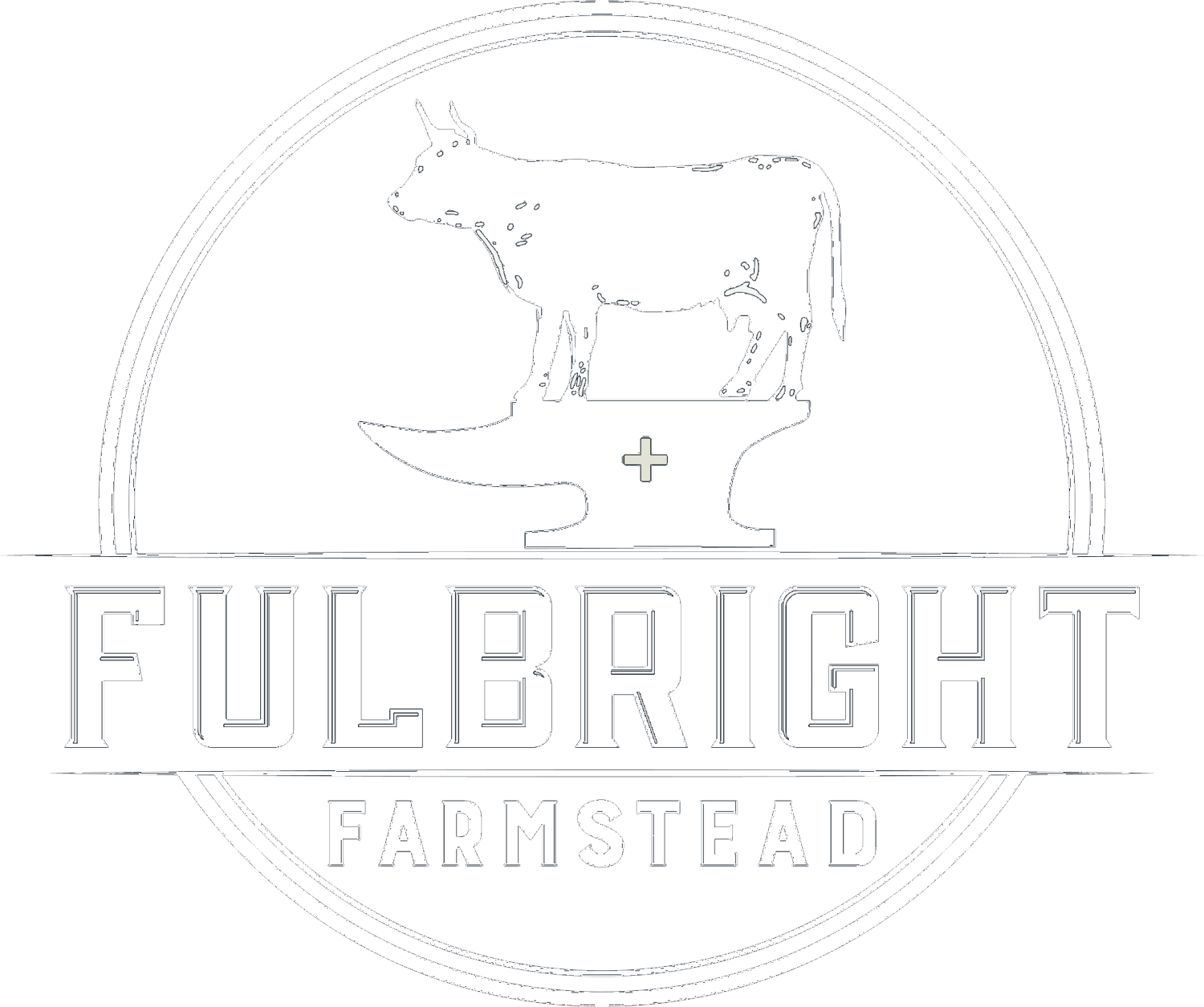Sheep Milk Guido’s Cheese: A Quick-Ripening Italian Delight
Guido’s Cheese is a mild, Italian-inspired cheese that’s ready in just three short weeks. It was highly recommended to me by another dairy shepherdess. It’s a great choice for those new to aged cheeses or anyone looking for a faster payoff from their home cheesemaking efforts.
Here’s how to make it step-by-step:
Ingredients & Equipment:
Sheep milk (warm from the udder or cooled from a recent milking)
Thermophilic culture (clabber, yogurt or freeze dried)
Rennet (single strength)
Cheese mold
Cheese press
Cheesecloth or butter muslin
18% salt brine
Thermometer
Whisk
Step 1: Warm the Milk
Heat your sheep milk to 88°F (31°C).
My tip: if you are using milk straight from your ewe it is probably already the correct temperature!
Step 2: Add Culture
Add your thermophilic culture. I used clabber, which isn’t strictly thermophilic but contains some thermophilic strains. You can also use:
Yogurt: 2 tbsp per gallon
Freeze-dried culture: Use half the amount listed on the package
Let it culture for 10 minutes.
My tip: since clabber and yogurt are already active cultures, you can skip the wait if needed.
Step 3: Add Rennet
Add your rennet. This is a fast-ripening cheese, so recipes often call for double rennet. I used 5 drops of single strength rennet per gallon, which worked well, but feel free to use a bit more.
Let the milk set for 15 minutes. If no clean break is visible, don’t worry—wait another 15 minutes and check again.
My tip: I didn't get a clean break after 15 minutes either, it took 30 minutes for me.
Step 4: Cut the Curds
Once a clean break is achieved, cut the curds into 1/4-inch cubes. Don’t worry about making the undercuts right now—we’ll catch them later. Let the curds heal for 5 minutes.
Step 5: Cook the Curds
Slowly heat the curds to 117°F (47°C) over 40 minutes, stirring gently:
Begin stirring with a whisk to help reduce curd size
Stir with your hand after the first 5 minutes if you prefer to feel the curds
Raise the temperature about 1°F every 1–2 minutes
At the end of this stage, curds should be about the size of cooked rice.
My tips: I use a whisk for the first 5 minutes and then switch on and off to my hands. This helps me to get a feel for the curds, chase any out from behind the thermometer, and split any large curds to size.
Step 6: Drain and Mold
Line your cheese mold with cloth and set it in a strainer over a bowl or pot. Pour the curds and whey into the mold.
My tip: If you are making a large batch and your cheese pot is too heavy, remove the whey down to the level of the curds first.
Step 7: Press the Cheese
Press at 20 lbs of pressure using the following schedule:
15 minutes → Flip and redress
15 minutes → Flip and redress
30 minutes → Flip and redress
1 hour → Flip and redress
12 hours (or overnight)
Tip: I removed my cheese a couple hours early to brine it before bed. It was well knit and didn’t need more pressing.
Step 8: Brine the Cheese
Use an 18% salt brine and brine for 6 hours per pound of cheese. Dust the exposed top with salt, and flip halfway through the brining time.
Step 9: Air Dry
Let the cheese air dry for a couple of days, flipping periodically until dry to the touch. Cover with butter muslin to keep pests or curious little hands off.
Step 10: Age
Vacuum seal or age as-is at 50°F (10°C) for 3 weeks.
Then—enjoy your cheese!
This cheese is flavorful, simple, and fast—perfect for homesteaders and home cheesemakers alike. Let me know how yours turns out, and don’t forget to check out my cheesemaking video on YouTube for a visual walk-through!

